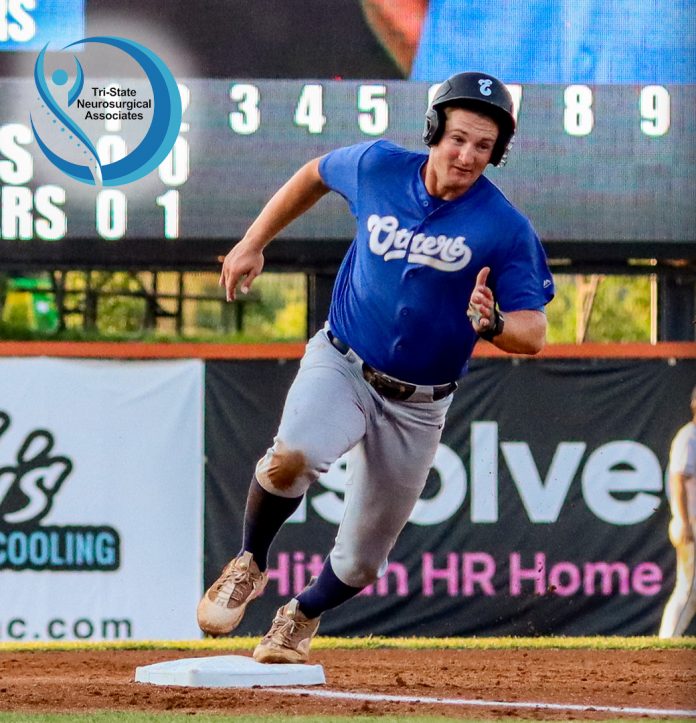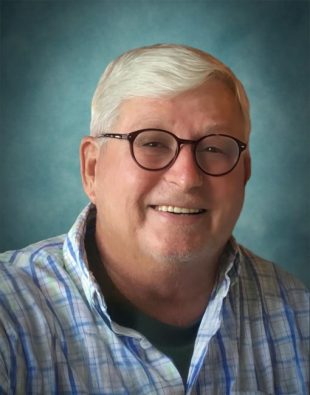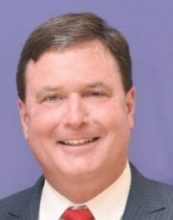Evansville got started quickly with back-to-back hits to start the game. Logan Brown followed with a bunt single to score the first run of the game and then added another one on a wild pitch.
Alex Canney made his third start, allowing a run in the first, but stranding two with a strikeout.
The Otters made two quick outs in the second with Cohen Wilbanks due up. He launched his first professional home run to make the score 3-1.
After a 1-2-3 second inning, Canney allowed another run in the third but stranded two more runners with another strikeout.
The Otters added insurance in the fifth, as L. Brown singled in his second run of the game and Keenan Taylor hit his third triple of the year to extend the lead to 5-2. Graham Brown doubled in the sixth to add another run as well.
Canney set down 10 of 11 Mud Monster batters from the end of the third through the sixth, allowing just one run in that span. He entered the seventh with a 6-3 lead, but the first two batters reached. Nolan Thebiay replaced Canney in the seventh, but only needed one batter to finish the inning. J.T. Benson made an incredible diving catch in right as both runners started taking off. He made a strong throw into second and a toss to first finish the triple play. Thebiay worked a clean eighth to finish his night.
Evansville used a couple of hits and a walk to add two to the lead in the ninth. Garrett Crowley was called on to work the ninth inning for the second straight night, and for the second straight night, he faced the minimum to close out the game.
The Otters put up 14 hits in the game, getting multi-hit games from four separate players. Graham Brown had his sixth multi-hit performance of August, pushing his average this month to .417 and his slugging to .646. Keenan Taylor had his second four-hit game of the year, his other one coming on May 15th.
Evansville returns to Bosse Field tomorrow to take on the Joliet Slammers for 812 Night at the ballpark with first pitch scheduled for 6:35 p.m. CT.










